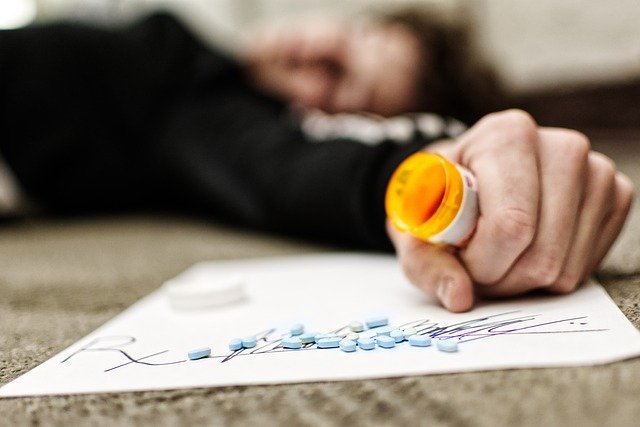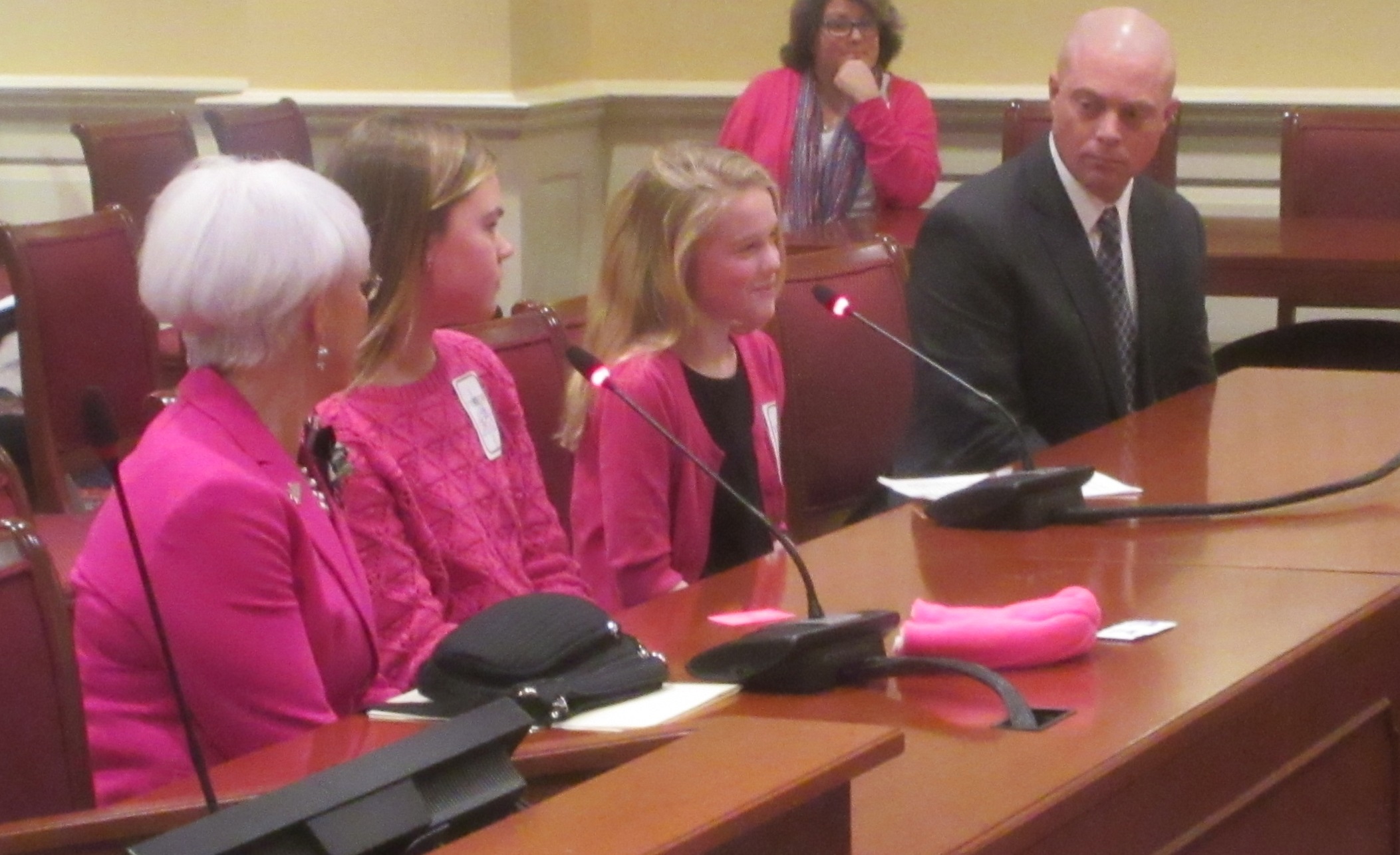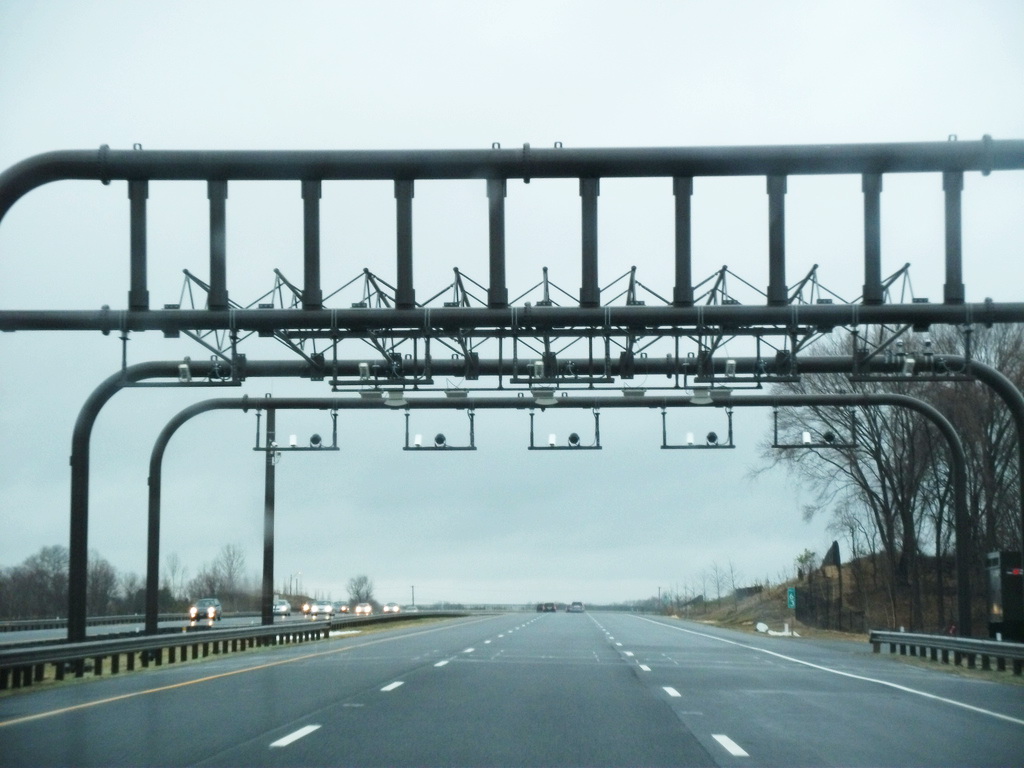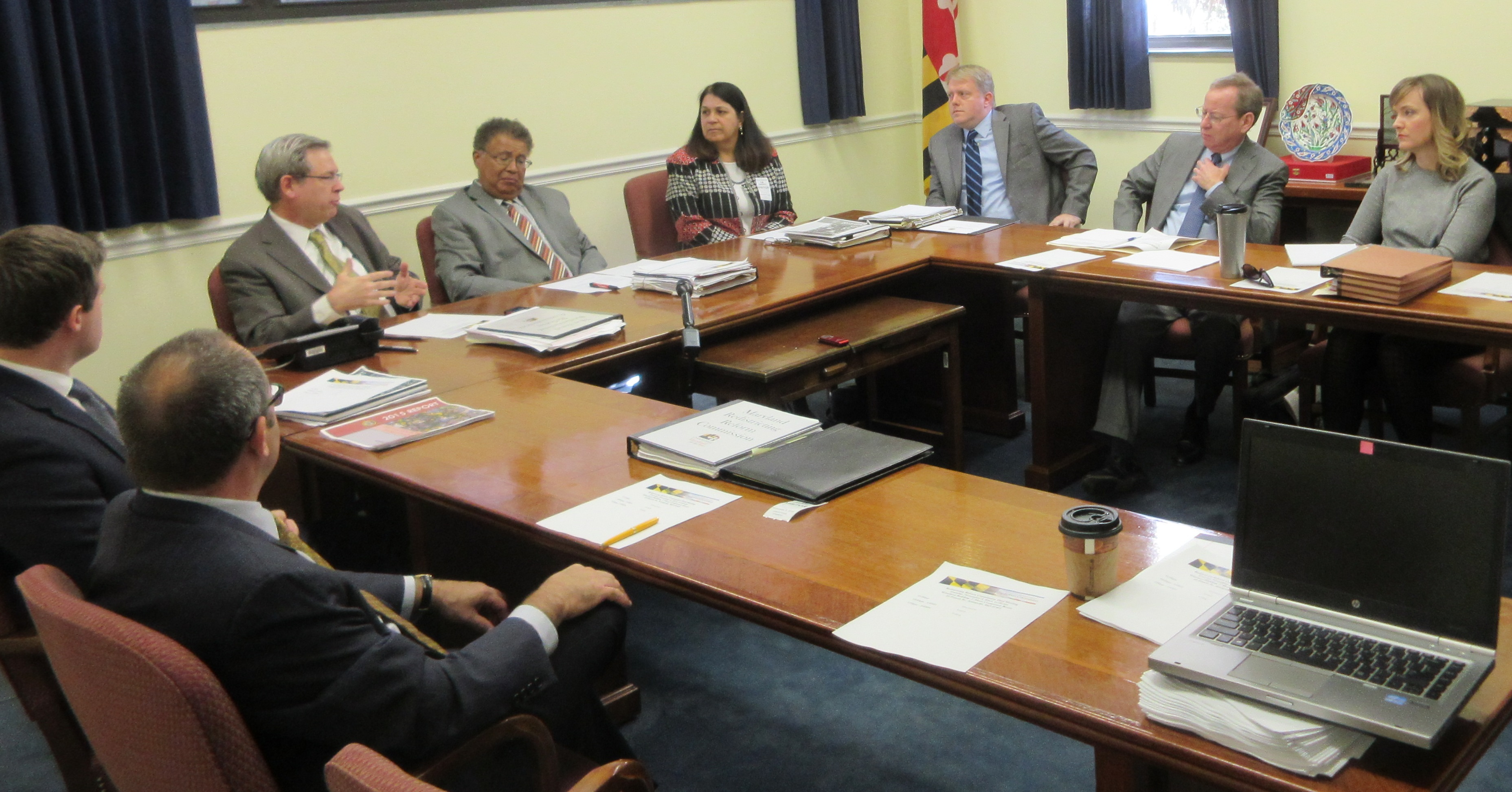By CATHERINE SCOTT
Capital News Service Annapolis Bureau
Drug and alcohol-related fatalities in Maryland have increased since the pandemic, and minority communities were hit the hardest, according to a recent report.
Between January and September of 2020, there were 2,025 unintentional intoxication deaths involving all types of drugs and alcohol in Maryland, a 12.1 percent increase from the same period in 2019, according to a report from the state’s Opioid Operational Command Center.
Maryland is not alone in its increase in overdose fatalities, as the Centers for Disease Control reported a 16.9 percent increase nationally in reported fatalities from all types of drugs between May 2019 and May 2020.
“We must not forget that we have been successful in flattening the opioid curve in our state before,” said Steve Schuh, executive director of the Opioid Operational Command Center. “That experience provided us with an entire inventory of programs that we are adapting to our new realities.”
The governor’s administration released the Maryland COVID-19 Inter-Agency Overdose Action Plan in June to combat the opioid crisis amidst the coronavirus pandemic.
Economic stress, high unemployment rates, social isolation, as well as disrupted treatment and recovery systems due to the pandemic are risk factors for poor health, including substance abuse.
The administration is using grants, increasing access to telehealth services, and mailing naloxone, a life-saving opioid antidote.
“I am confident that, by maintaining our focus on existing programs and reinforcing our efforts to assist vulnerable populations, we can once again turn the tide on substance misuse in the state,” Gov. Larry Hogan, R, said in a press release by the Opioid Operational Command Center.
The Opioid Operational Command Center reported that from January until September 2020, opioid-related deaths increased by 15.8 percent among non-Hispanic Whites and 13.1 percent among non-Hispanic Blacks, while Hispanics saw an increase of 27.3 percent.
The Opioid Operational Command Center also reported they are not yet sure whether the disparities are due solely to COVID-19 or are part of a more lasting trend.
Minority groups can be particularly affected by social isolation, loss of work and health insurance and housing, and even a stigma around wearing a mask, according to the CDC
“There are so many inequities that our community was already facing prior to the pandemic,” Dr. Michelle LaRue, the director of Health and Human Services at CASA, told Capital News Service. “The pandemic has not created any new inequities, but it has actually exacerbated those issues.”
Many Hispanic people are also frontline workers, and there is added stress in going to work and potentially exposing yourself or your loved ones to the virus, according to LaRue.
LaRue also speculated that the mental strain that the inequities can cause for the Latino community could explain the increase in overdose fatalities for Hispanic people.
Lt. Gov. Boyd K. Rutherford, R, stated that addressing the opioid issues within minorities is one of the administration’s highest priorities.
“We are using new and existing initiatives to help us make the most of our efforts in these communities by delivering assistance in more efficient, strategic ways,” Rutherford said in a press release by the Opioid Operational Command Center.
Rutherford formed a racial disparities workgroup under the Inter-Agency Heroin and Opioid Coordinating Council that will study the disparities and develop policy recommendations to address them.
The workgroup will include stakeholders from state and local governments as well as community organizations.
The report also announced a $3.5 million grant to the Center for Urban Health Equity at Morgan State University to identify and address a variety of health disparities and issues.
The Opioid Operational Command Center also provided $9.6 million in grant awards this summer through its fiscal year 2021 Block Grant and Competitive Grant program.
The grants support several organizations that will work with underserved communities in particular, and there will be a focus on understanding and building trust with communities to “encourage treatment and recovery.”
Maryland also received a federal grant of almost $51 million through the State Opioid Response II program which, according to the report, will be used for various initiatives. This includes an increase in behavioral health services for youth and young adults, an expansion of the behavioral health workforce through partnerships with historically Black colleges, and universities and the University of Maryland School of Social Work enhancement of Maryland’s crisis helpline, “Call 211, Press 1.”







Recent Comments